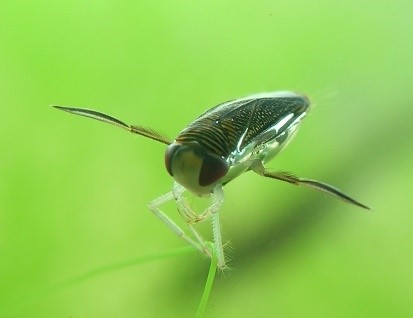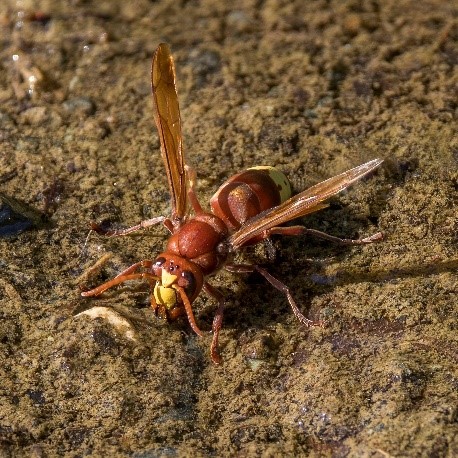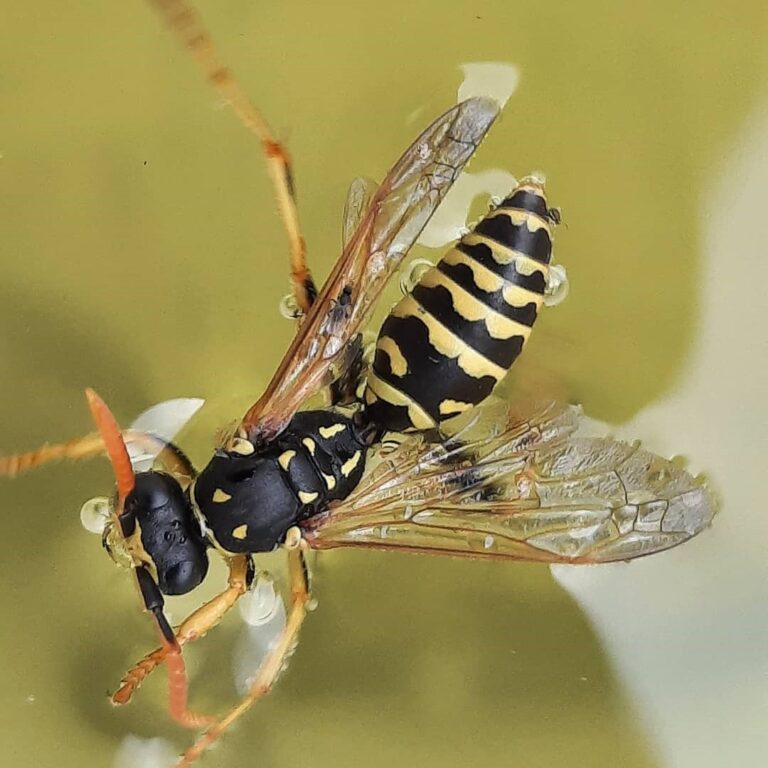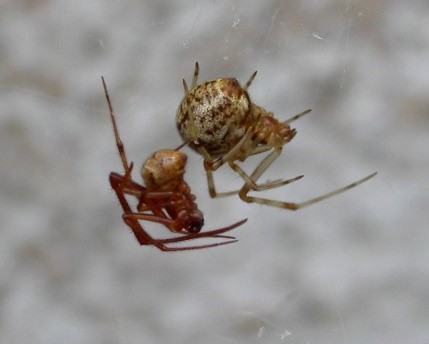Occasional Invaders
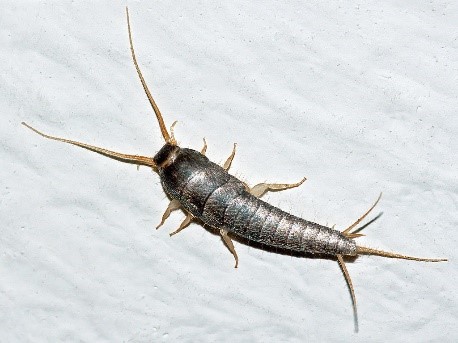
Occasional invaders, light-attracted pests, and miscellaneous pests are encountered by pest management professionals. Occasional invaders are those pests that often occur in buildings at some stage of their life cycle, but that does not usually complete their entire life cycle within the building. This means that pests living outside of buildings come indoors only on occasion and do-little damage, and are considered a nuisance simply because of their presence.
Light-attracted pests enter buildings while they are flying at night because they are attracted to lights (in or on the home or building), while miscellaneous pests are those that usually complete their life cycle within the building. The distribution of these pests varies. They are either common in many parts of the country or may occur in large numbers only in certain regions. Some pests cause extensive damage to household goods and furnishings, while others are venomous or cause allergic reactions.

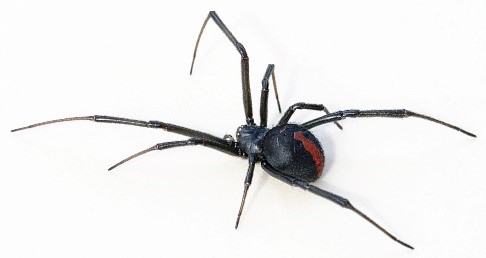
Factors that may stimulate pest movement into structures include
- the outdoor lighting, and manipulation of lighting can give the most satisfactory long-term relief against the light-attracted pests
- excessive rainfall (poor drainage adjacent to the foundation)
- lower temperatures (few pests seek to overwinter in structures)
- the presence of some unusual food source within the structure. Removing the source that causes an entry of the pests is a good recommendation to be given to the customer to prevent future infestation of these pests.
ETS professionals are qualified to identify these pests, understand their habits, and make a proper assessment of the factors causing the problem. No one general management method exists for all these pests, and there are many non-chemical pest management procedures when dealing with these types of pests (sanitation procedures, basic change in landscaping, exclusion techniques, etc.).
The Most Common Occasional Invaders in UAE:
Click on each pest to learn about its general description, life cycle, common characteristics, damages, and economic or medical implications.


